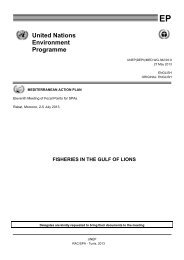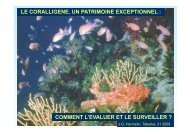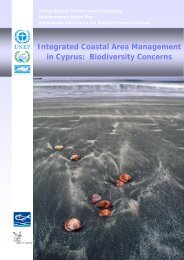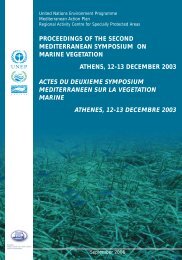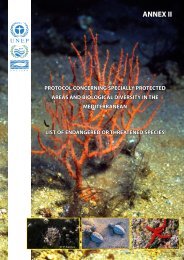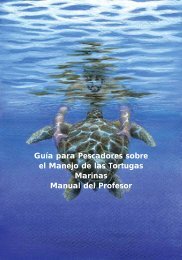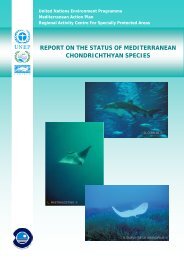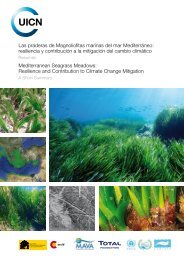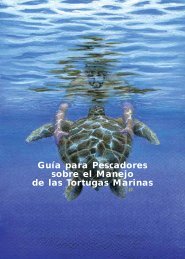Plan d'Action pour la conservation des espèces d'oiseaux inscrites ...
Plan d'Action pour la conservation des espèces d'oiseaux inscrites ...
Plan d'Action pour la conservation des espèces d'oiseaux inscrites ...
Create successful ePaper yourself
Turn your PDF publications into a flip-book with our unique Google optimized e-Paper software.
Current Action <strong>P<strong>la</strong>n</strong>s<br />
None<br />
Action <strong>P<strong>la</strong>n</strong> objectives and target<br />
To reverse the decline of the breeding popu<strong>la</strong>tions in the<br />
Mediterranean.<br />
Proposed action<br />
- Confer strictly protected status on the species.<br />
- Prohibit all types of disturbance to breeding colonies and their<br />
habitat.<br />
- Monitor and warden breeding colonies.<br />
- Create SPAs where breeding colonies exist.<br />
- <strong>P<strong>la</strong>n</strong>, regu<strong>la</strong>te and/or manage activities and processes of:<br />
coastal development and infrastructure that impacts and/or<br />
fragments habitats; pollution; and overexploitation of fish stocks.<br />
- Develop education campaigns aimed at local fishermen.<br />
- Restore degraded wet<strong>la</strong>nds used by the species.<br />
- Create artificial nesting sites close to foraging sites.<br />
Dalmatian Pelican<br />
Pelecanus crispus<br />
Current status<br />
Vulnerable and globally threatened. In the Mediterranean, small<br />
popu<strong>la</strong>tions (totalling 1000 pairs) breed mainly in Albania, Greece<br />
and Turkey. Breeds on in<strong>la</strong>nd and coastal wet<strong>la</strong>nds and nests on<br />
floating is<strong>la</strong>nds of reeds and on bare ground on is<strong>la</strong>nds, iso<strong>la</strong>ted<br />
from main<strong>la</strong>nd to be safe from mammalian predators. Up to<br />
about 3000 birds winter in Albania, Greece, Syria and Turkey.<br />
Current factors causing loss or decline<br />
Wet<strong>la</strong>nd drainage resulting in a sharp decline of avai<strong>la</strong>ble<br />
breeding sites; collisions with electric wires; persecution due to<br />
competition with commercial fisheries.<br />
Status under international instruments<br />
C<strong>la</strong>ss A - African Convention on Conservation and Natural<br />
Resources (1968).<br />
Appendix II - Convention on the Conservation of European<br />
Wildlife and Natural Habitats (1979).<br />
Appendix I & II - Convention on the Conservation of Migratory<br />
Species of Wild Animals (1979).<br />
Appendix I - Convention on International Trade in Endangered<br />
Species of Wild Fauna and Flora (1973).<br />
European Union Regu<strong>la</strong>tion <strong>la</strong>ying down certain technical<br />
measures for the <strong>conservation</strong> of fishery resources in the<br />
Mediterranean (1626/94 (EC) 1994).<br />
Listed in the AEWA Action <strong>P<strong>la</strong>n</strong> (Column A Category 1a/1c).<br />
24<br />
© T. BINO<br />
«The Dalmatian Pelican,<br />
supposedly originating<br />
from Dalmatia in the<br />
Mediterranean and much<br />
rarer than White Pelican, is<br />
globally threatened with<br />
an unfavourable<br />
<strong>conservation</strong> status.»




